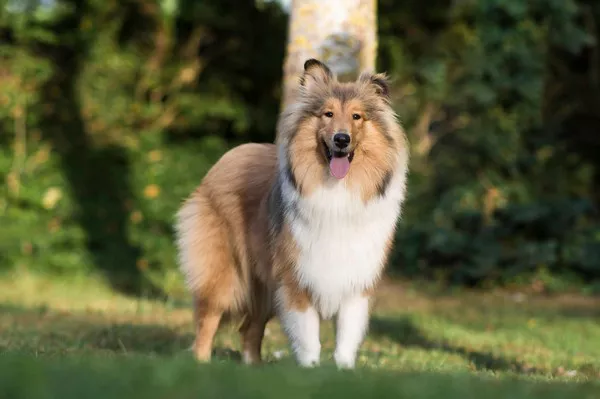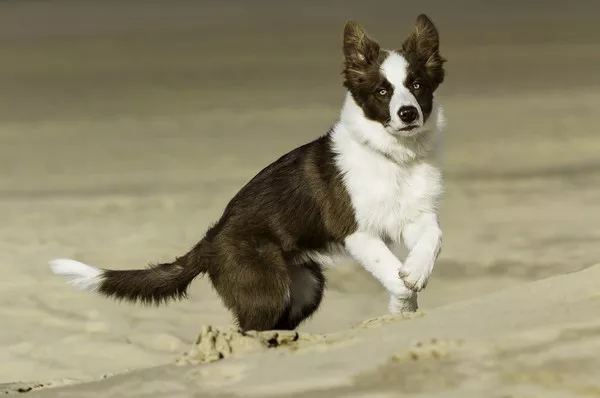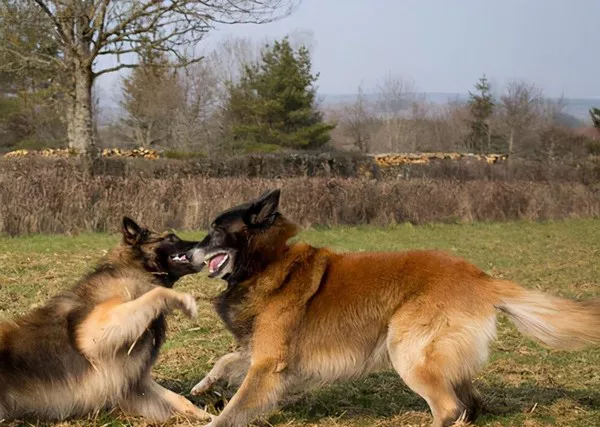When it comes to small, energetic, and wolf-like dogs, two breeds often come up in conversation: the Alaskan Klee Kai and the Miniature Husky. At first glance, these dogs might look quite similar. Both resemble smaller versions of the Siberian Husky with their erect ears, thick double coats, and piercing eyes. However, despite their physical similarities, the Alaskan Klee Kai and the Miniature Husky are quite different in many ways. Understanding the distinctions between the two is essential for anyone considering one of these breeds as a pet. This article will explore the differences in their history, appearance, temperament, exercise needs, health, grooming, and suitability for various households.
Origins and History
The Alaskan Klee Kai is a relatively new breed, developed in the 1970s by Linda Spurlin in Alaska. Her goal was to create a companion-sized version of the Alaskan Husky. Through careful breeding involving Siberian Huskies, Alaskan Huskies, American Eskimo Dogs, and Schipperkes, the Klee Kai was born. The name “Klee Kai” comes from an Alaskan Athabaskan word meaning “small dog.”
In contrast, the Miniature Husky is not a distinct breed but a smaller version of the Siberian Husky. Breeders selectively bred smaller Siberian Huskies to create a more manageable dog that retained the physical appearance and many personality traits of the original breed. The Miniature Husky began gaining popularity in the 1990s.
Size and Appearance
One of the most noticeable differences between the Alaskan Klee Kai and the Miniature Husky is their size. The Alaskan Klee Kai comes in three size categories:
- Toy: Up to 13 inches tall and weighing less than 10 pounds
- Miniature: 13 to 15 inches tall and weighing 10 to 15 pounds
- Standard: 15 to 17.5 inches tall and weighing 16 to 22 pounds
The Miniature Husky, on the other hand, usually stands between 14 and 17 inches tall and weighs between 20 and 35 pounds. This makes Miniature Huskies generally larger and sturdier than Alaskan Klee Kais, particularly the Toy and Miniature varieties.
Both breeds have a similar appearance to the Siberian Husky: almond-shaped eyes, erect ears, a curved tail, and a thick double coat. Coat colors include black and white, gray and white, red and white, and even all white. However, the Alaskan Klee Kai has more refined, fox-like features and a proportionately larger head compared to its body.
Temperament and Personality
Temperament is another area where these two breeds diverge significantly. Alaskan Klee Kais are known for being cautious, reserved, and sometimes aloof, especially around strangers. They are highly intelligent and loyal to their families but can be shy or nervous in unfamiliar situations. Early socialization is critical for this breed.
Miniature Huskies, on the other hand, share the outgoing and friendly nature of the full-sized Siberian Husky. They are typically more sociable and enjoy meeting new people and animals. They are also known for being independent and occasionally stubborn, traits that can make training a challenge.
Both breeds are energetic and playful, but the Miniature Husky tends to be more exuberant and vocal. Alaskan Klee Kais are generally quieter but may bark to alert their owners of unfamiliar sights or sounds.
Exercise and Activity Levels
Both the Alaskan Klee Kai and Miniature Husky require a good amount of exercise to stay healthy and happy. However, their needs differ slightly.
Alaskan Klee Kais need about 30 to 60 minutes of daily exercise. They enjoy walks, playtime, and even agility training. Despite their energy, they are better suited to indoor living and are generally content with moderate activity levels.
Miniature Huskies have higher energy levels and need more vigorous exercise—at least 60 to 90 minutes per day. Activities like running, hiking, and interactive play are essential to prevent boredom, which can lead to destructive behavior. They thrive in active households and are not ideal for apartment living unless they receive sufficient daily exercise.
Trainability and Intelligence
Both breeds are intelligent and capable of learning commands and tricks. The Alaskan Klee Kai is particularly eager to please and responds well to positive reinforcement. However, their sensitive nature means they do not respond well to harsh training methods.
Miniature Huskies, while intelligent, have a strong independent streak. They may understand commands perfectly well but choose not to obey them. Consistency, patience, and engaging training methods are key when working with this breed.
Socialization is important for both breeds. Klee Kais, in particular, need early exposure to a variety of people, places, and situations to become well-adjusted adults.
Health and Lifespan
Both the Alaskan Klee Kai and Miniature Husky are relatively healthy breeds, but they do have some genetic predispositions.
Common health issues for Alaskan Klee Kai include:
- Patellar luxation
- Heart conditions
- Liver shunts
- Eye problems
Miniature Huskies may suffer from:
- Hip dysplasia
- Eye issues such as cataracts and progressive retinal atrophy (PRA)
- Hypothyroidism
The average lifespan of an Alaskan Klee Kai is around 12 to 16 years, while Miniature Huskies typically live between 12 and 15 years. Regular vet checkups, a balanced diet, and sufficient exercise are essential for both breeds.
Grooming Needs
Both breeds have thick double coats that shed seasonally, especially in the spring and fall. Regular brushing is necessary to manage shedding and keep their coats healthy.
Alaskan Klee Kais require brushing at least two to three times per week, with more frequent grooming during shedding seasons. They are relatively clean dogs with little to no doggy odor.
Miniature Huskies need more frequent brushing—at least three to four times per week, and daily during heavy shedding periods. Like their larger counterparts, they are also clean dogs but tend to shed more due to their larger size and thicker coats.
Bathing should be done only when necessary for both breeds, as over-bathing can strip natural oils from their skin and coat.
Living Environment and Suitability
The Alaskan Klee Kai is well-suited for apartment or small home living, provided they get enough exercise and mental stimulation. They are known for being good watchdogs, alerting their owners to anything unusual. However, they can be prone to separation anxiety if left alone for long periods.
Miniature Huskies are better suited for homes with yards where they can run and play. They are escape artists and require secure fencing. Their higher energy levels make them a better match for active families or individuals who enjoy outdoor activities.
Neither breed does well in hot climates due to their thick coats. Owners in warmer regions need to be cautious about heatstroke and provide plenty of shade and water.
Compatibility with Children and Other Pets
Alaskan Klee Kais can be good with children, especially if raised with them. However, due to their smaller size and more reserved nature, they are better suited to homes with older, respectful children. They can get along with other pets if properly socialized but may have a high prey drive toward small animals.
Miniature Huskies are generally friendly and playful with children of all ages. They usually get along well with other dogs but may chase smaller pets due to their prey drive. Supervised introductions and early socialization are crucial.
Cost and Availability
Both breeds can be expensive and may have waiting lists due to limited availability.
Alaskan Klee Kai puppies typically cost between $1,500 and $3,000, depending on lineage, breeder reputation, and size category. Miniature Huskies usually cost between $1,000 and $2,500.
Prospective owners should do thorough research and choose reputable breeders who prioritize health, temperament, and ethical breeding practices. Avoid backyard breeders or puppy mills, which often prioritize profit over the well-being of the dogs.
Conclusion
While the Alaskan Klee Kai and the Miniature Husky may look similar at first glance, they are distinct in many important ways. The Klee Kai is a more reserved, apartment-friendly companion with moderate exercise needs and a sensitive temperament. The Miniature Husky is a more outgoing and energetic dog, better suited to active families with space to roam.
Understanding the differences between these two breeds can help potential pet owners make an informed decision and choose the dog that best fits their lifestyle. Whether you prefer the alert and refined Alaskan Klee Kai or the lively and loyal Miniature Husky, both breeds offer unique qualities and endless affection to the right home.
Related Topics:




















